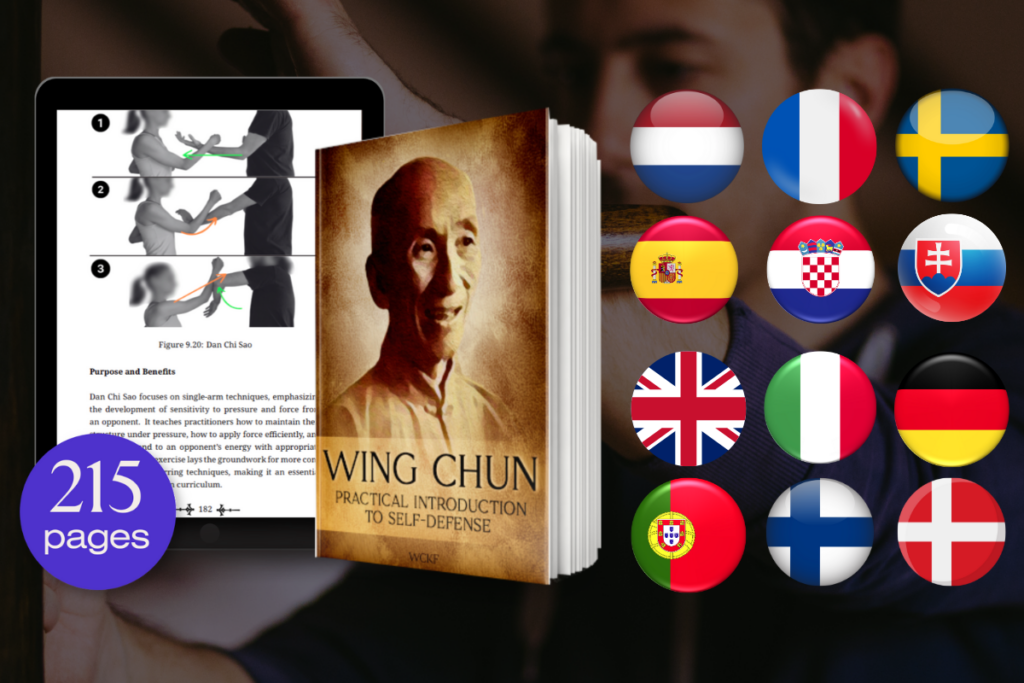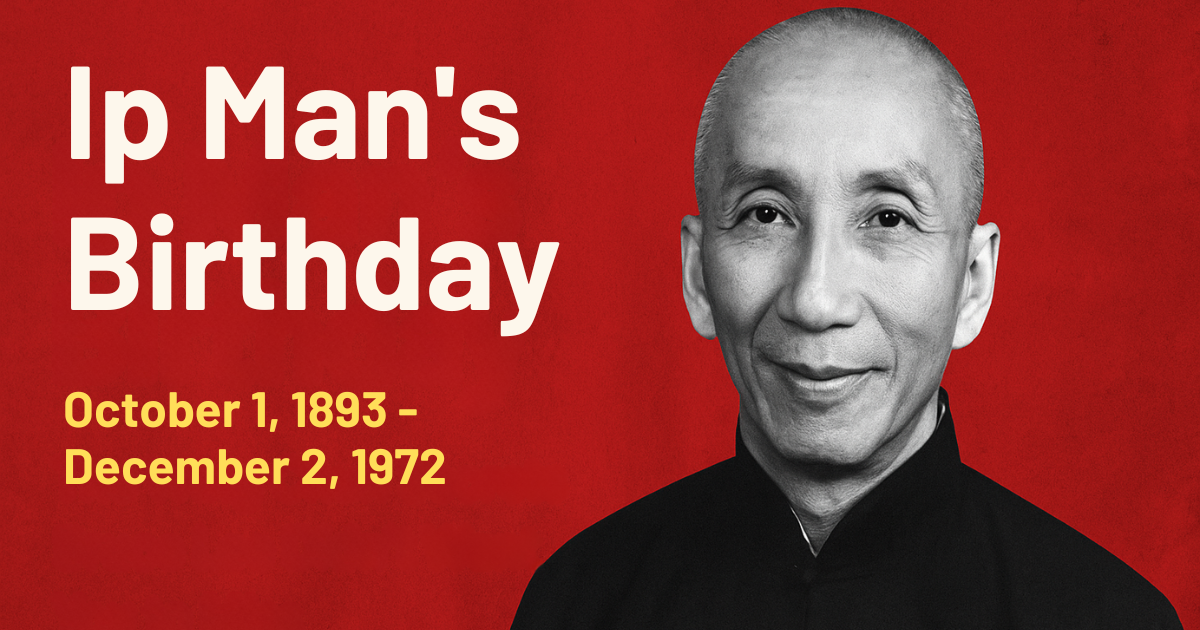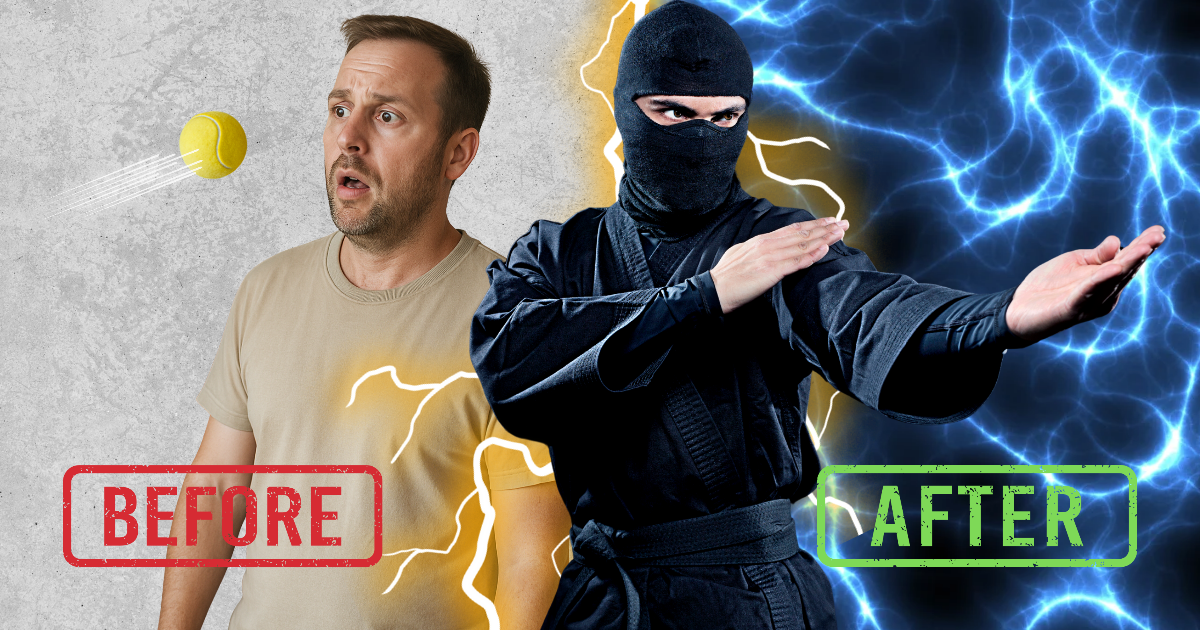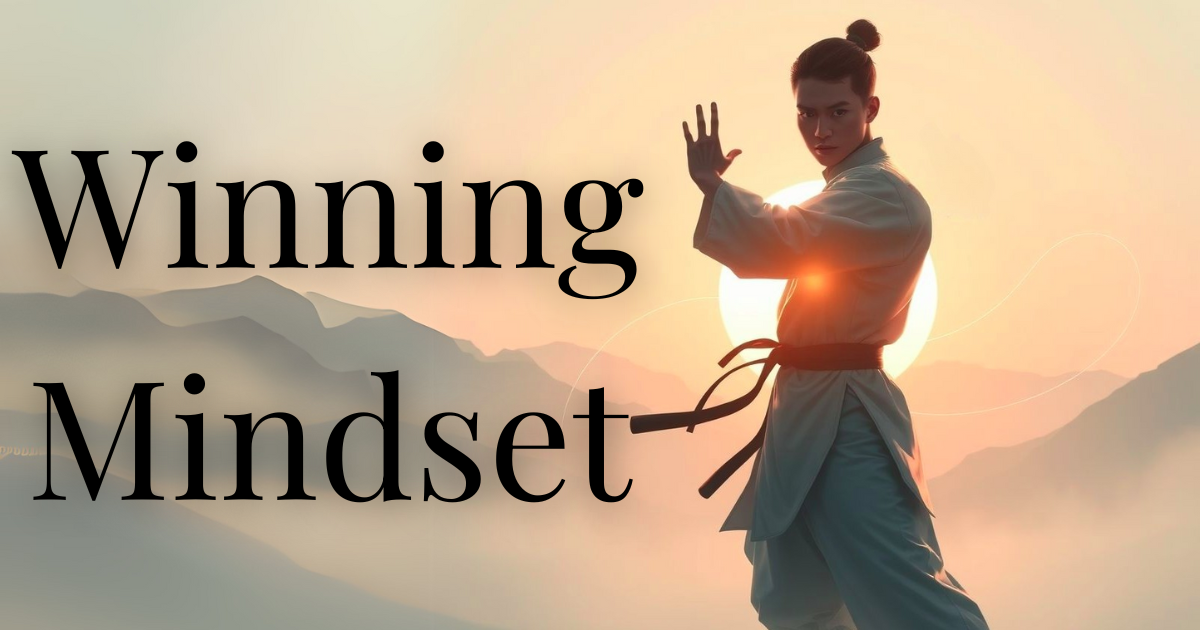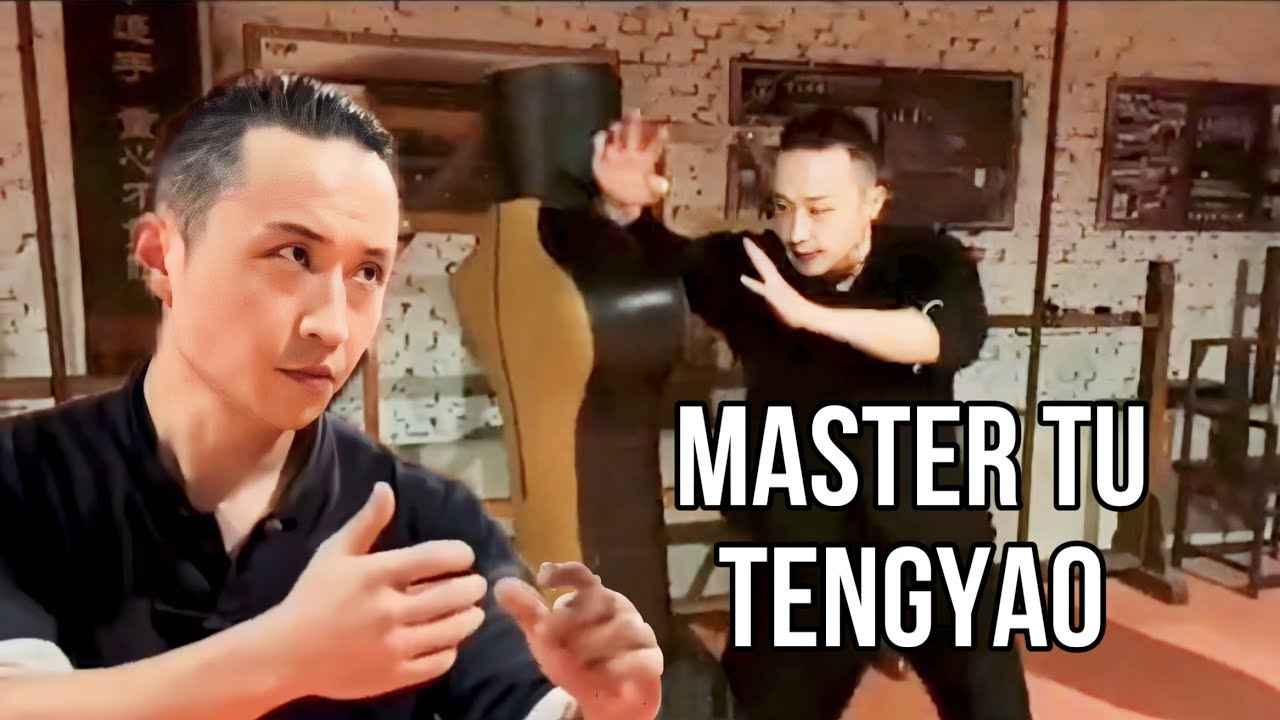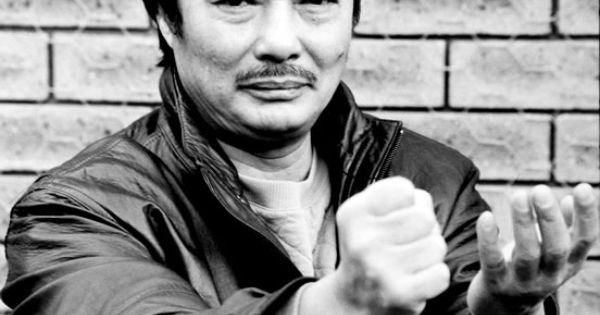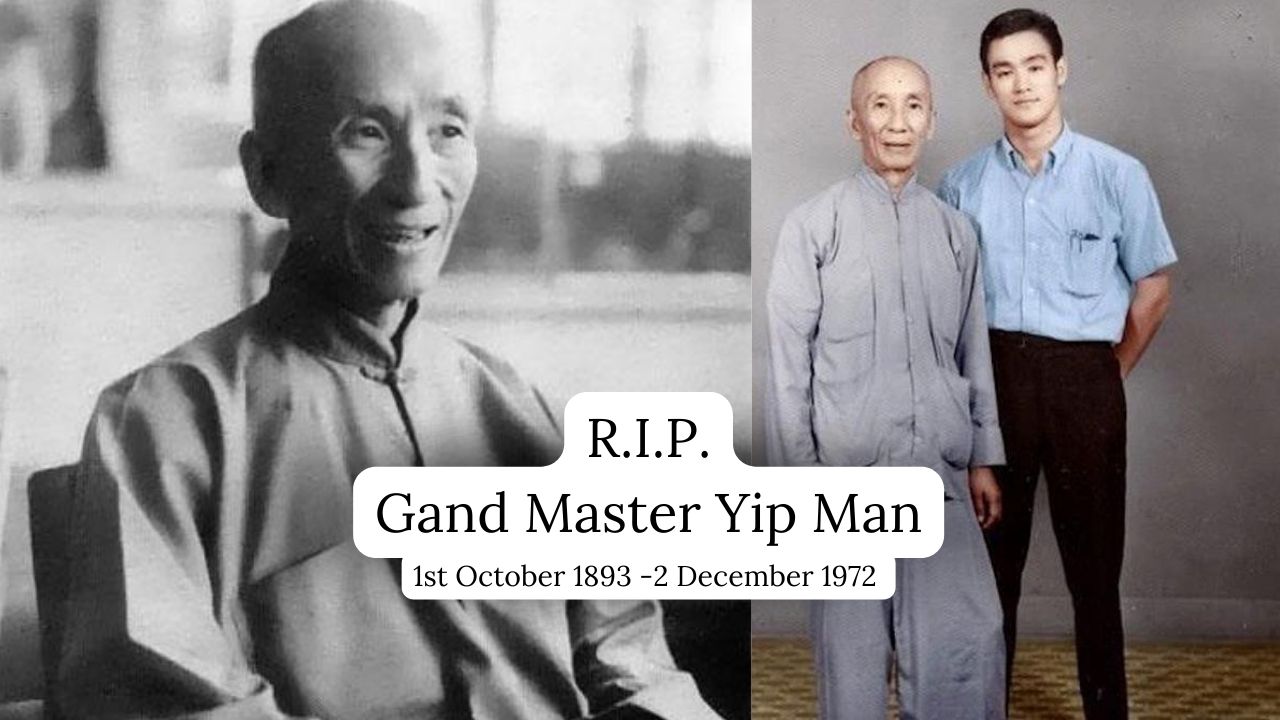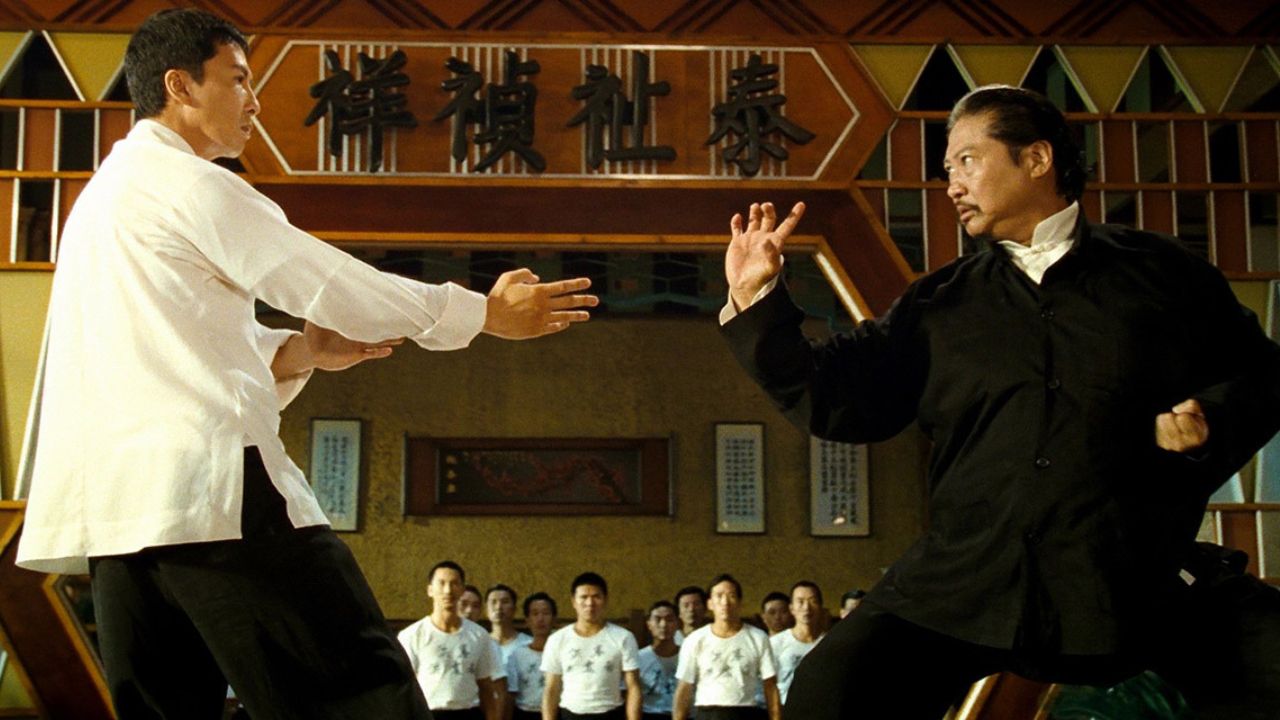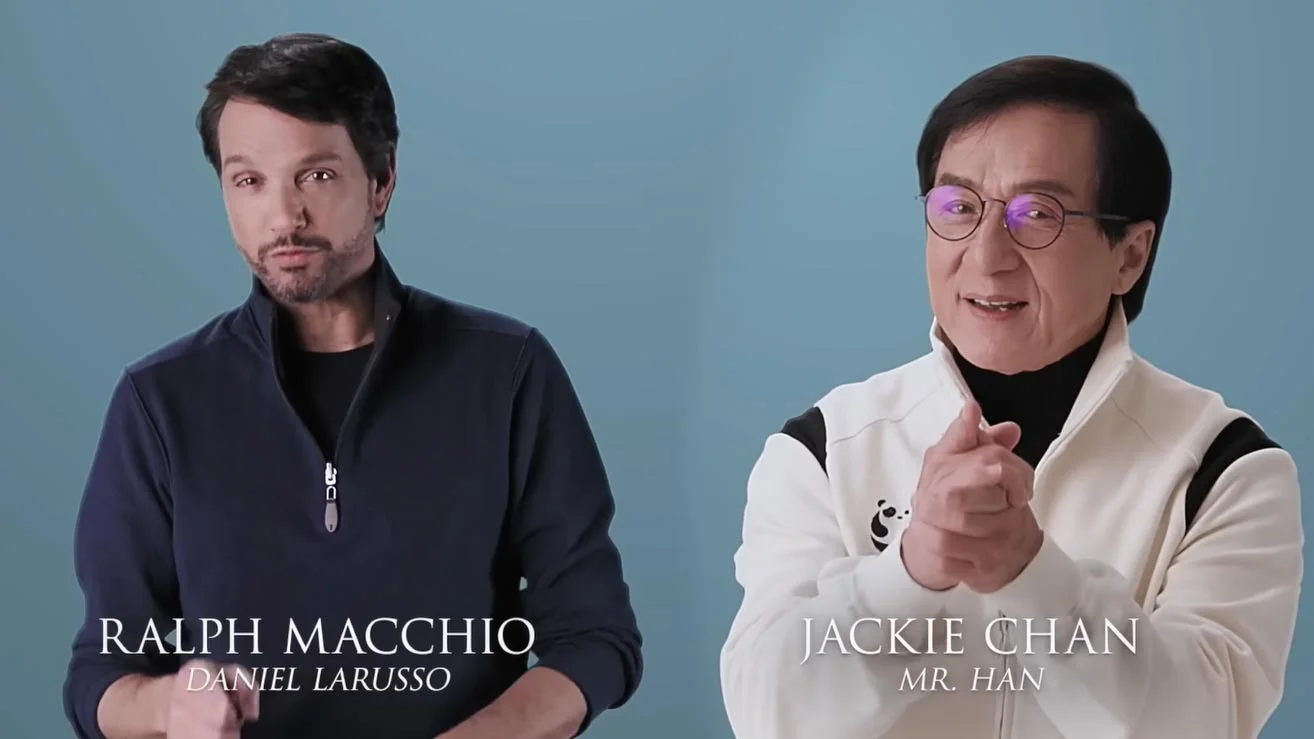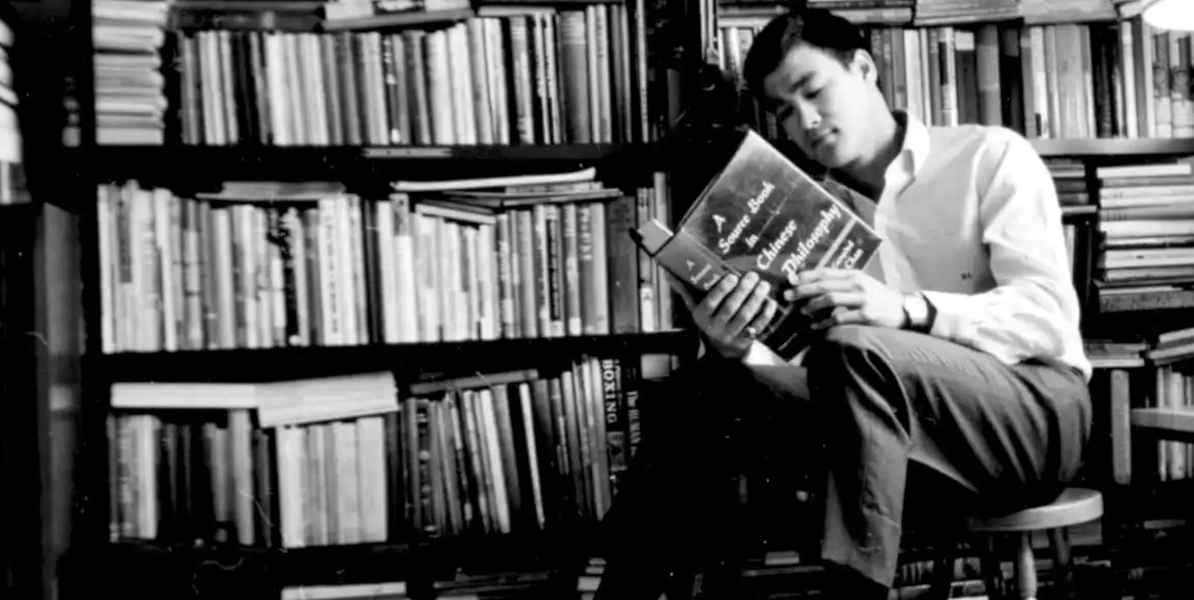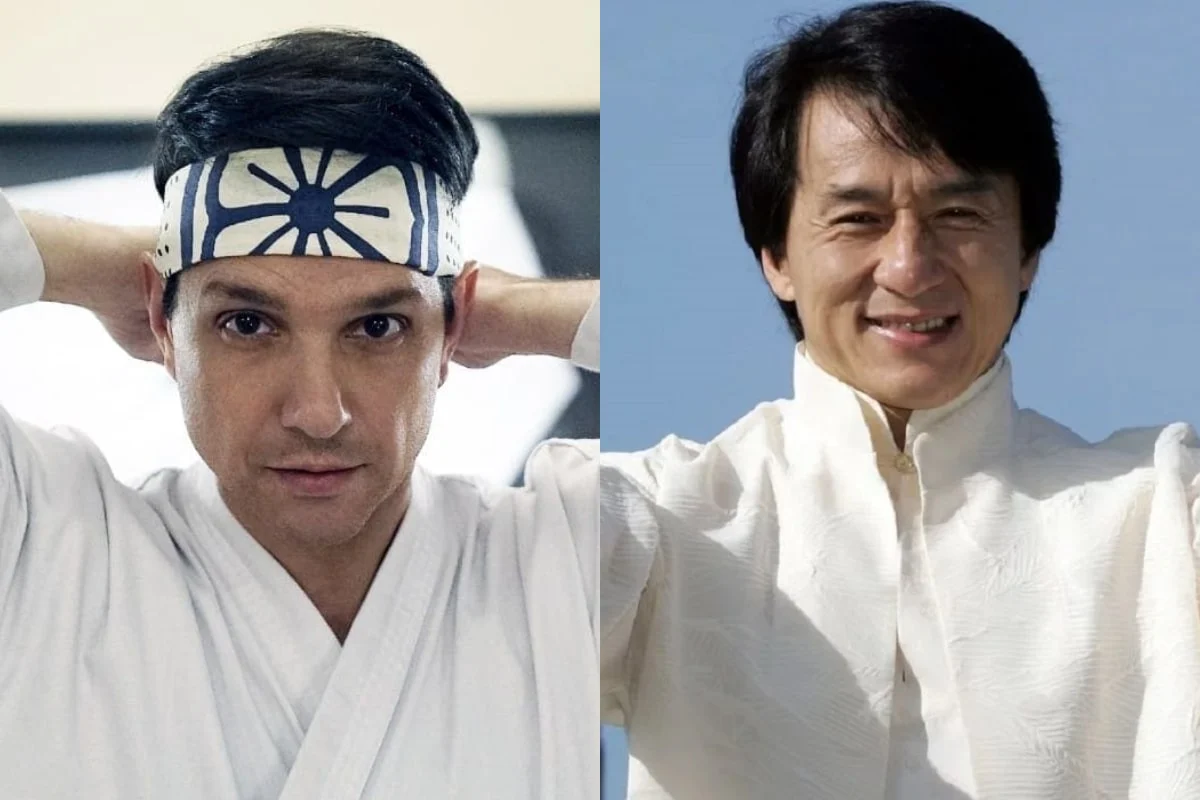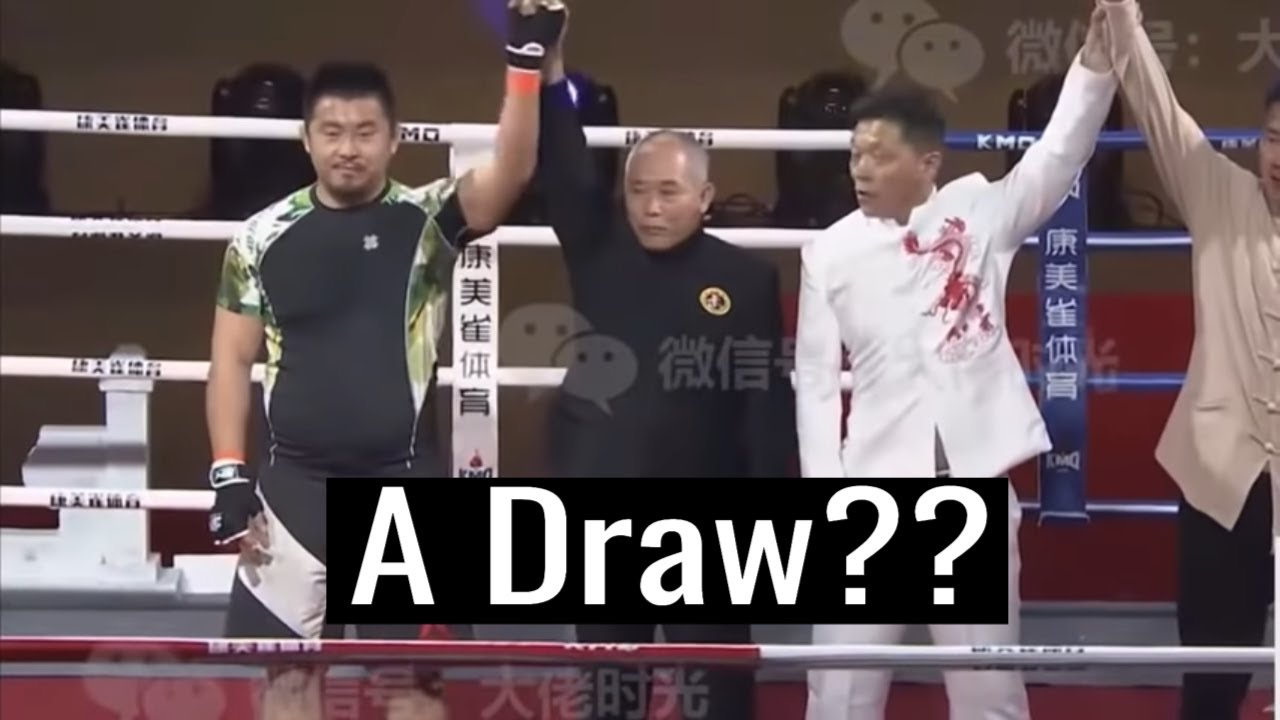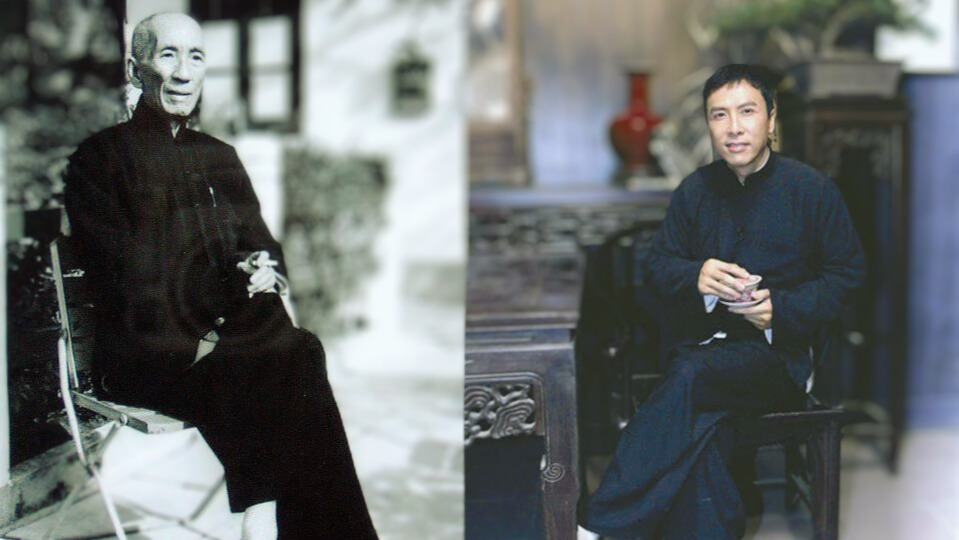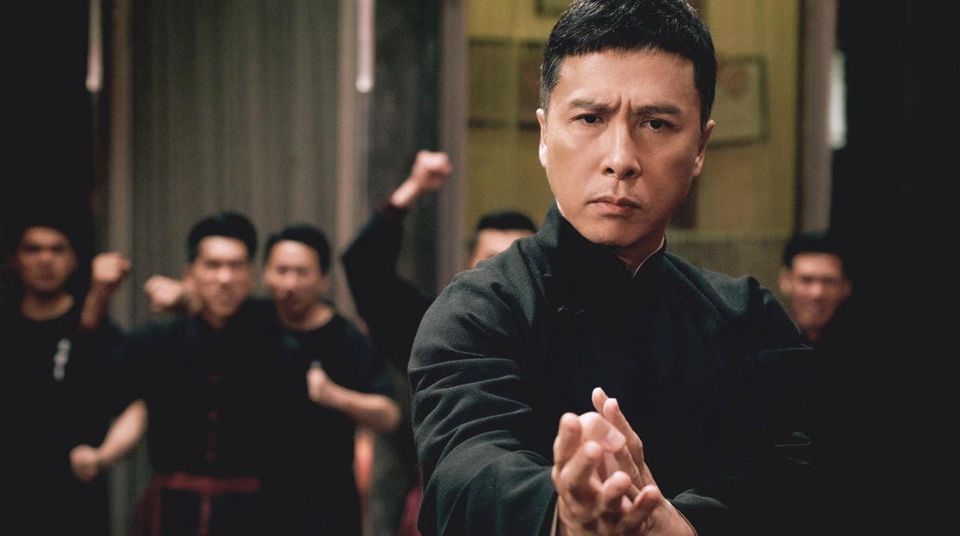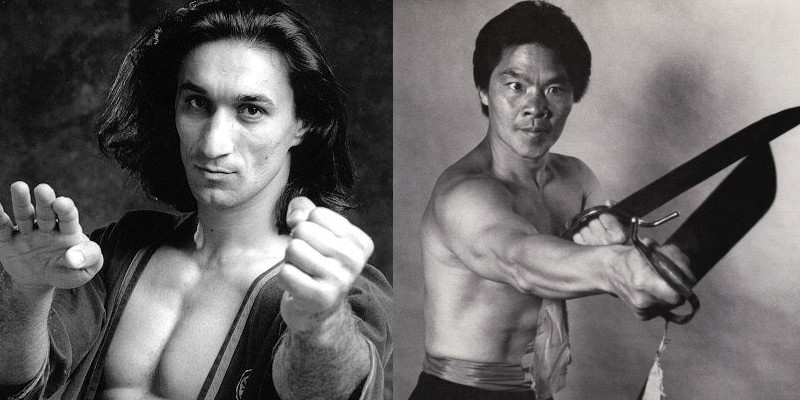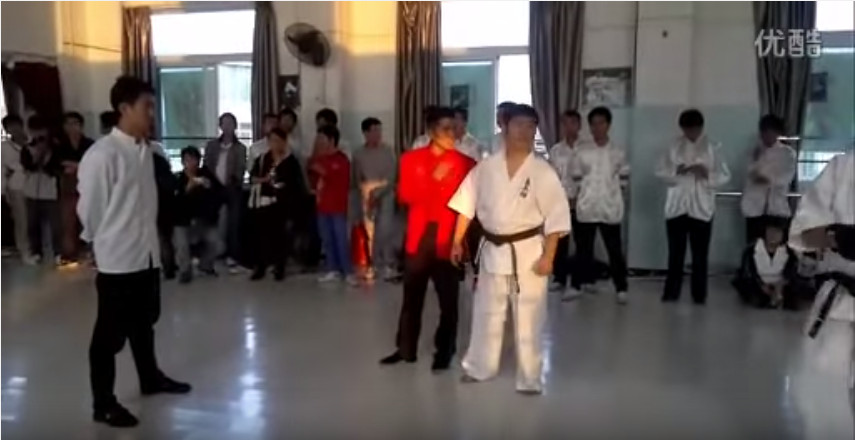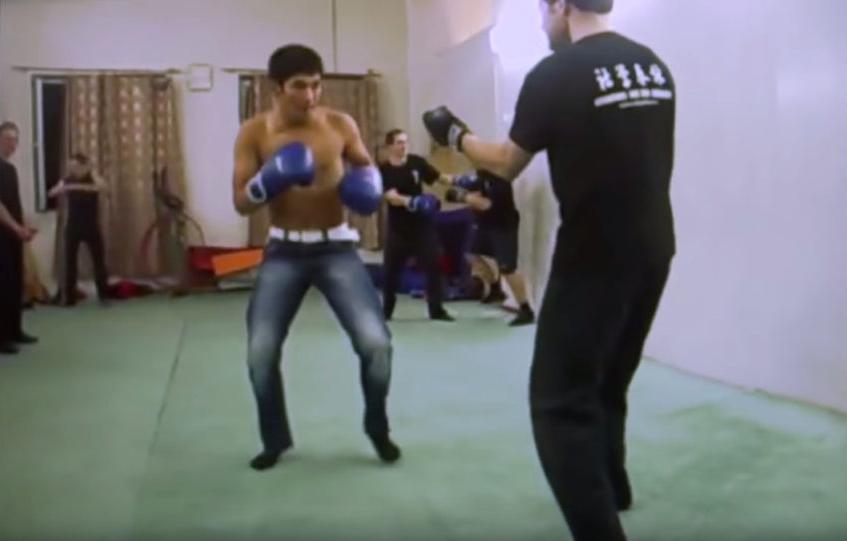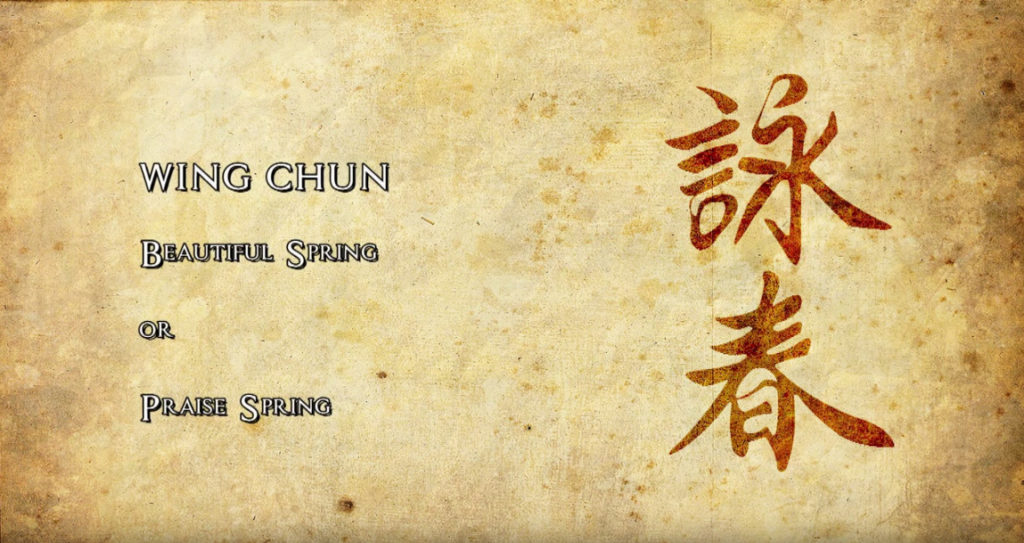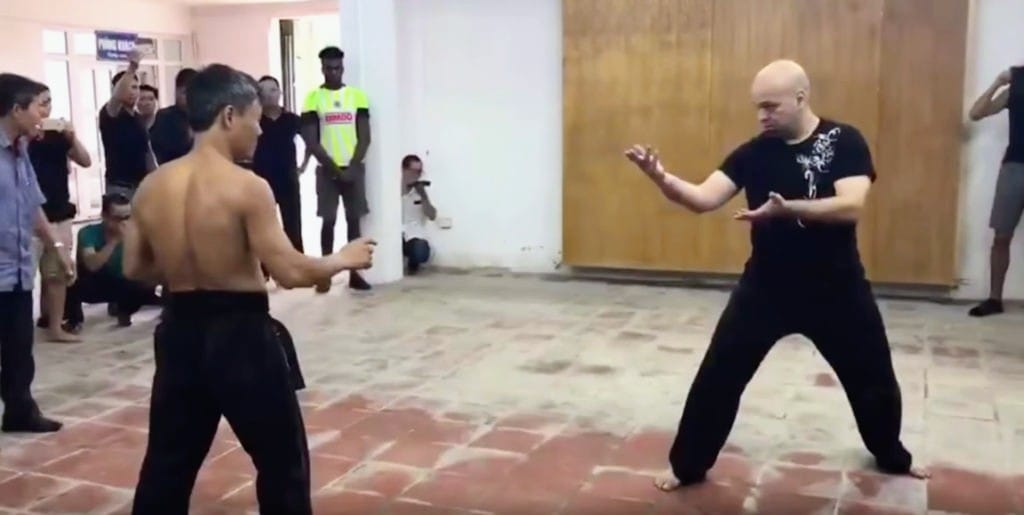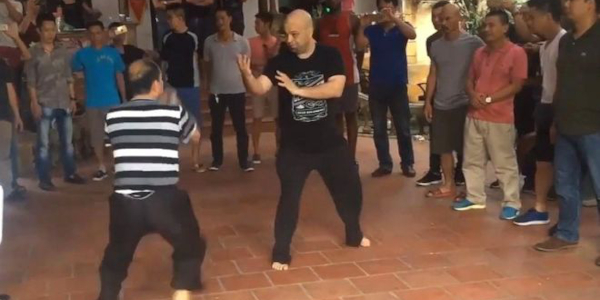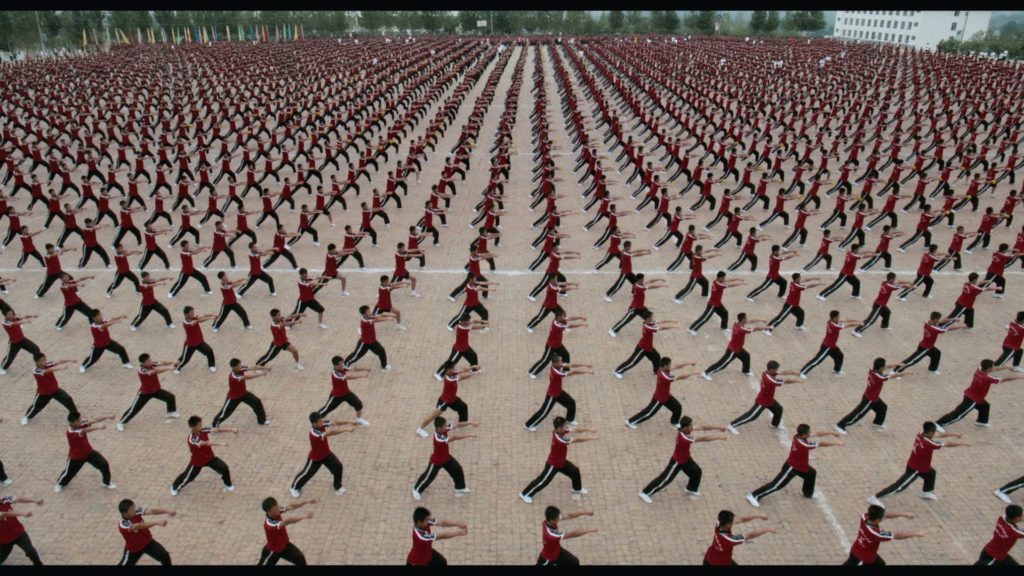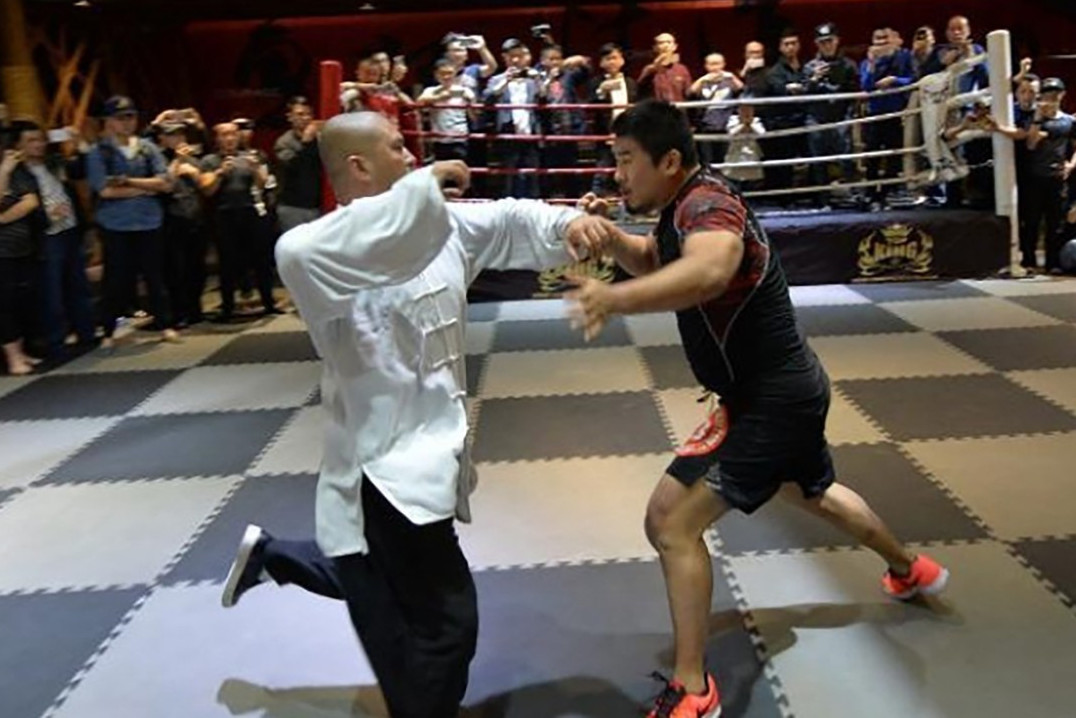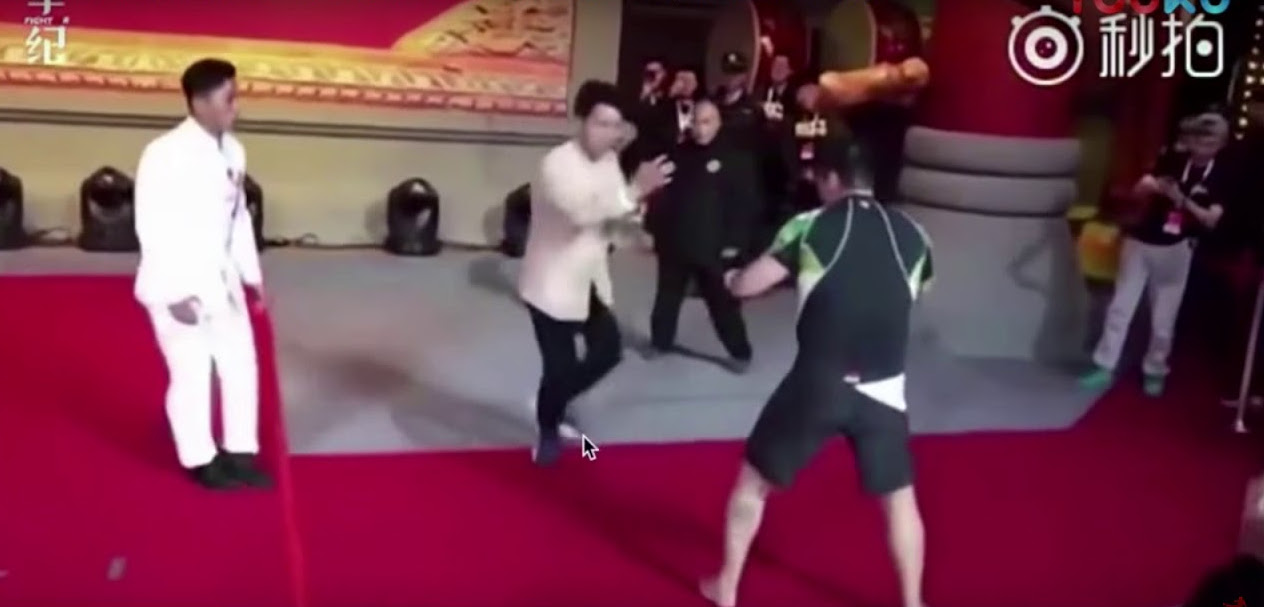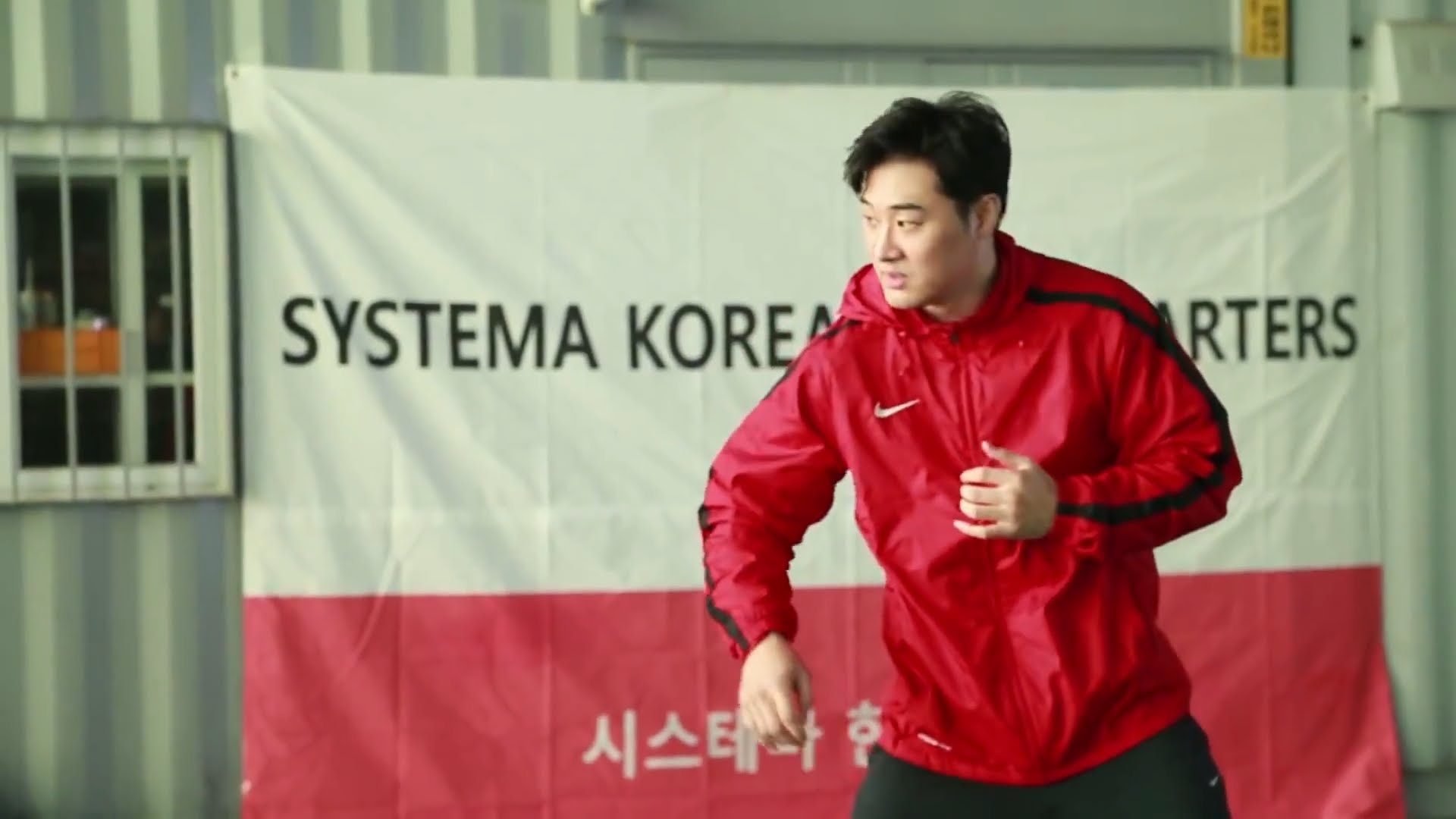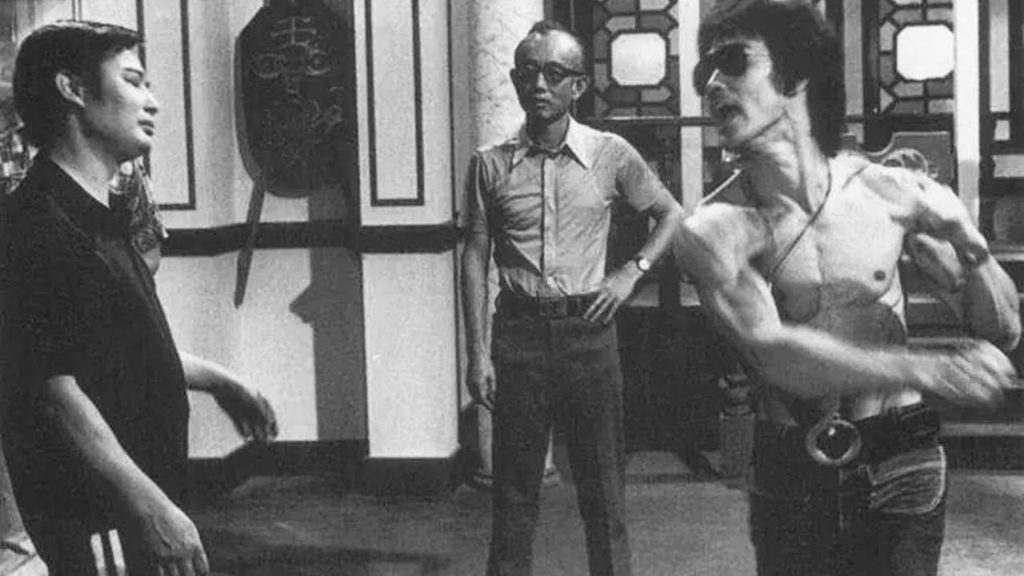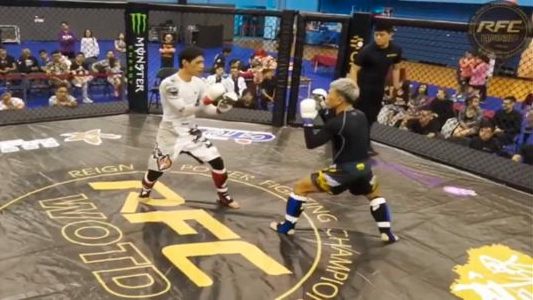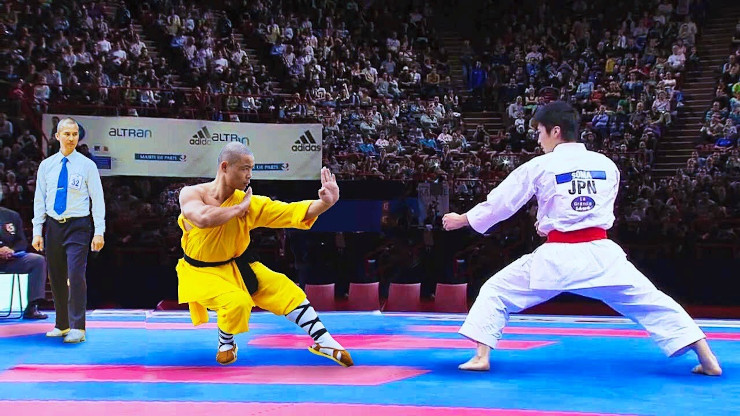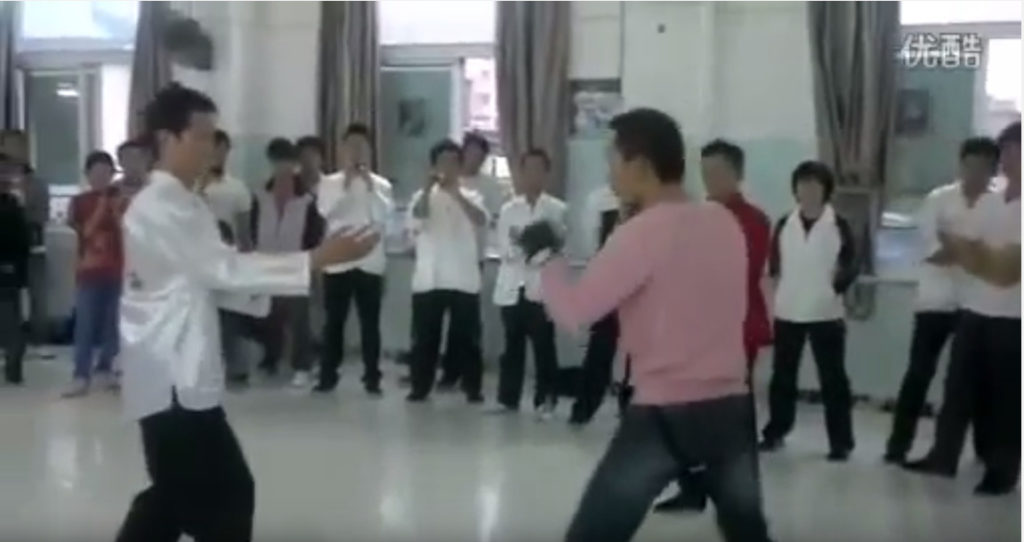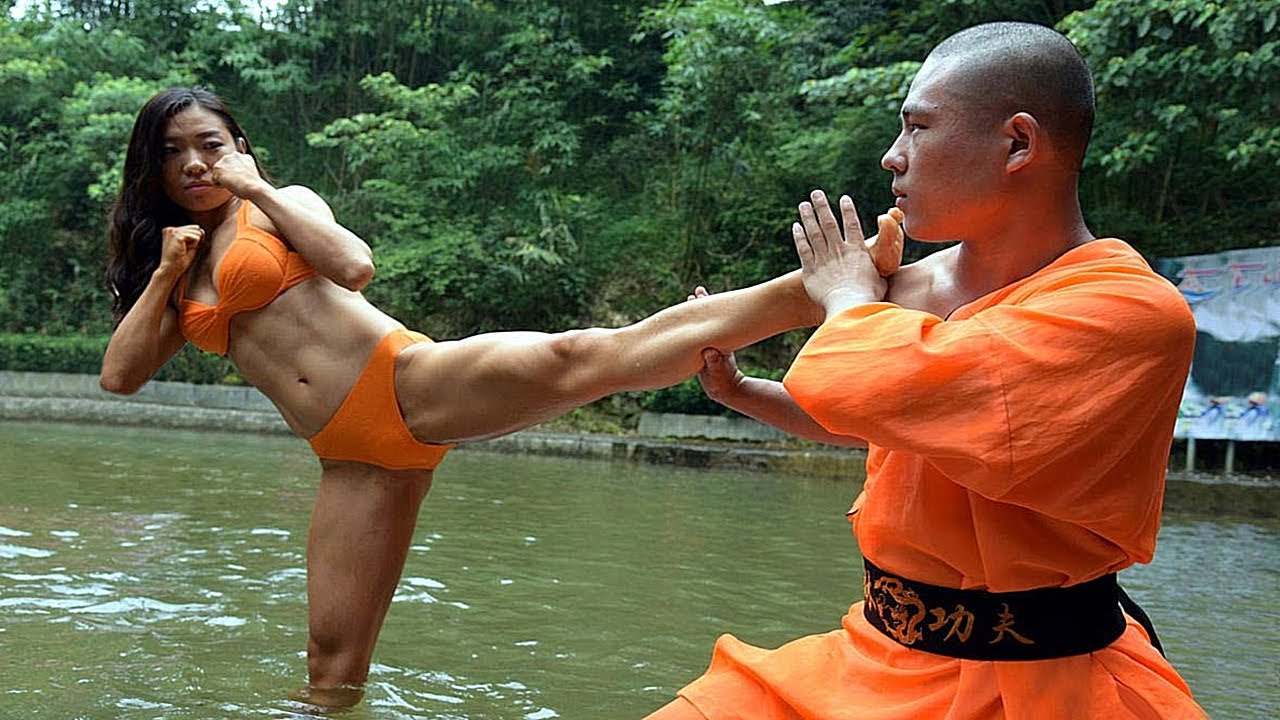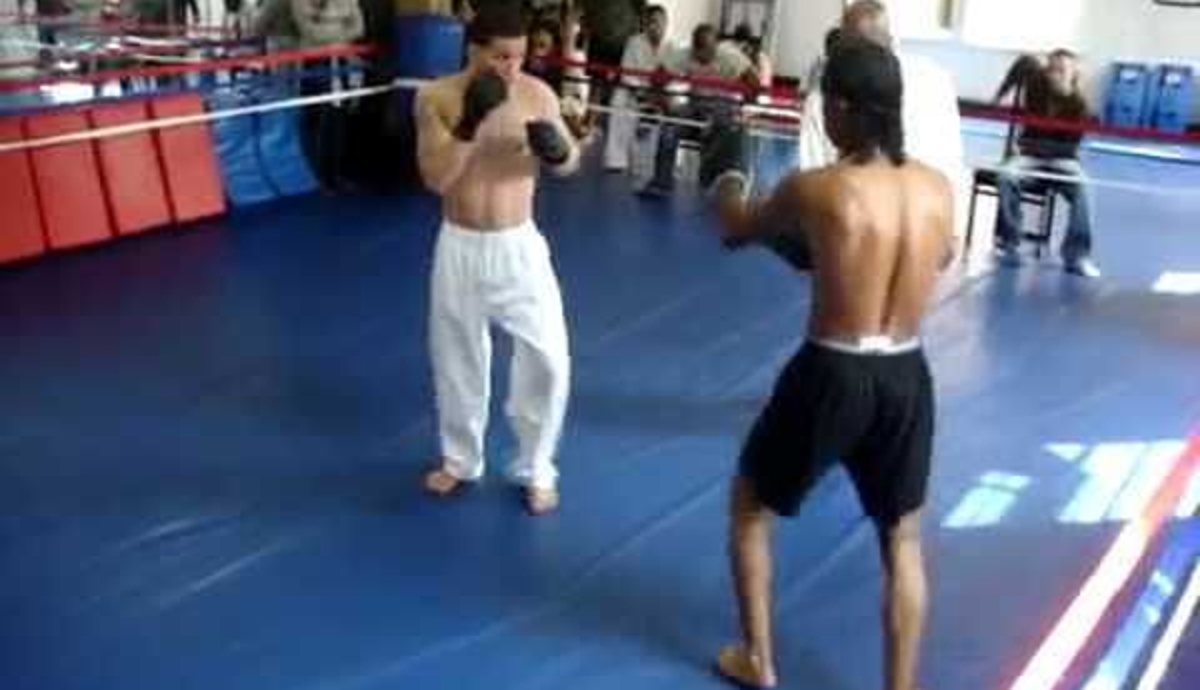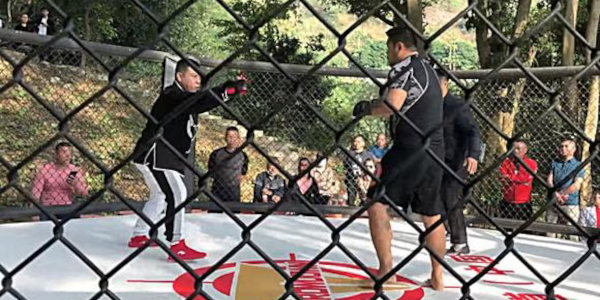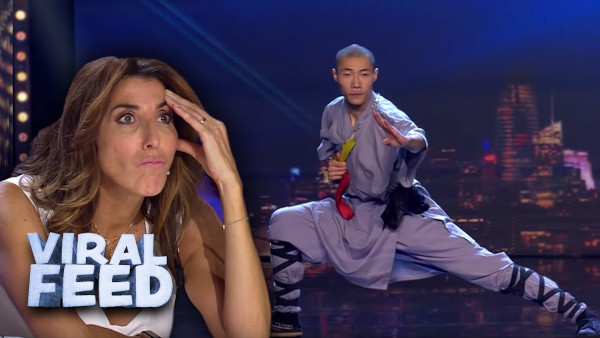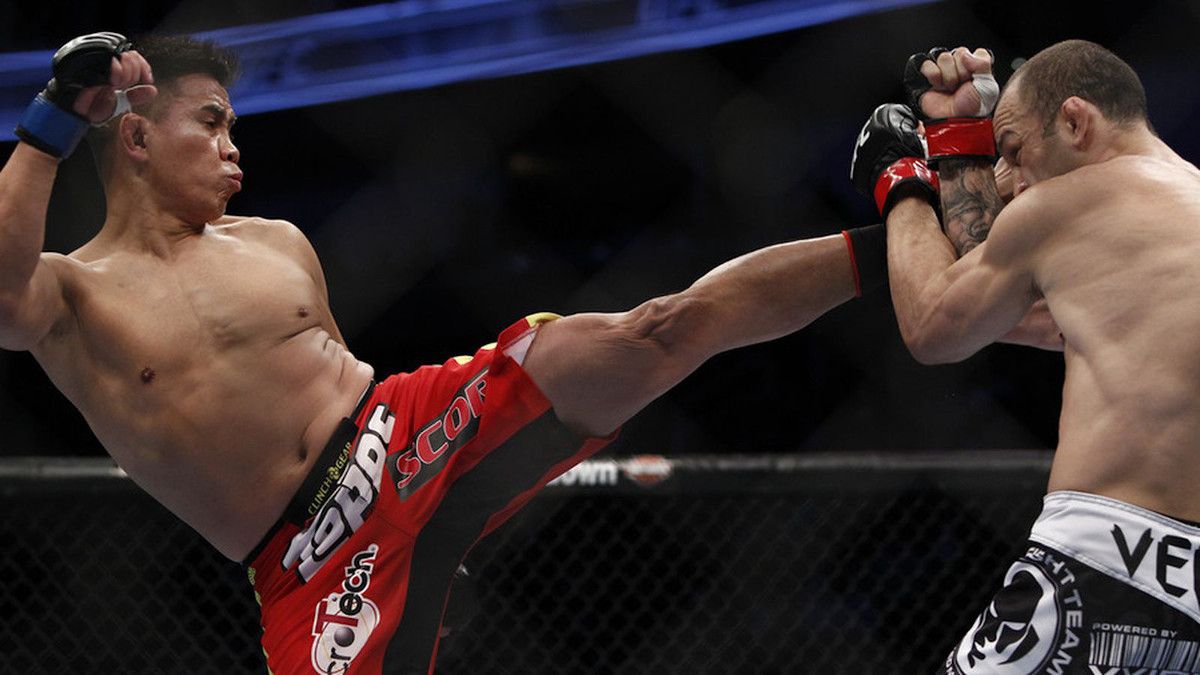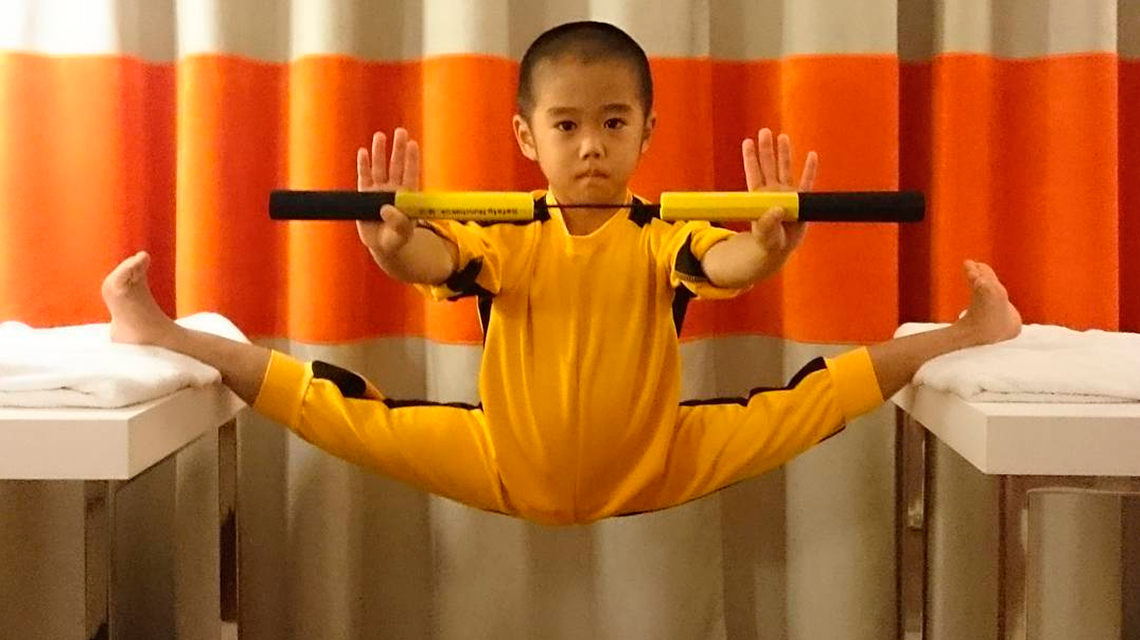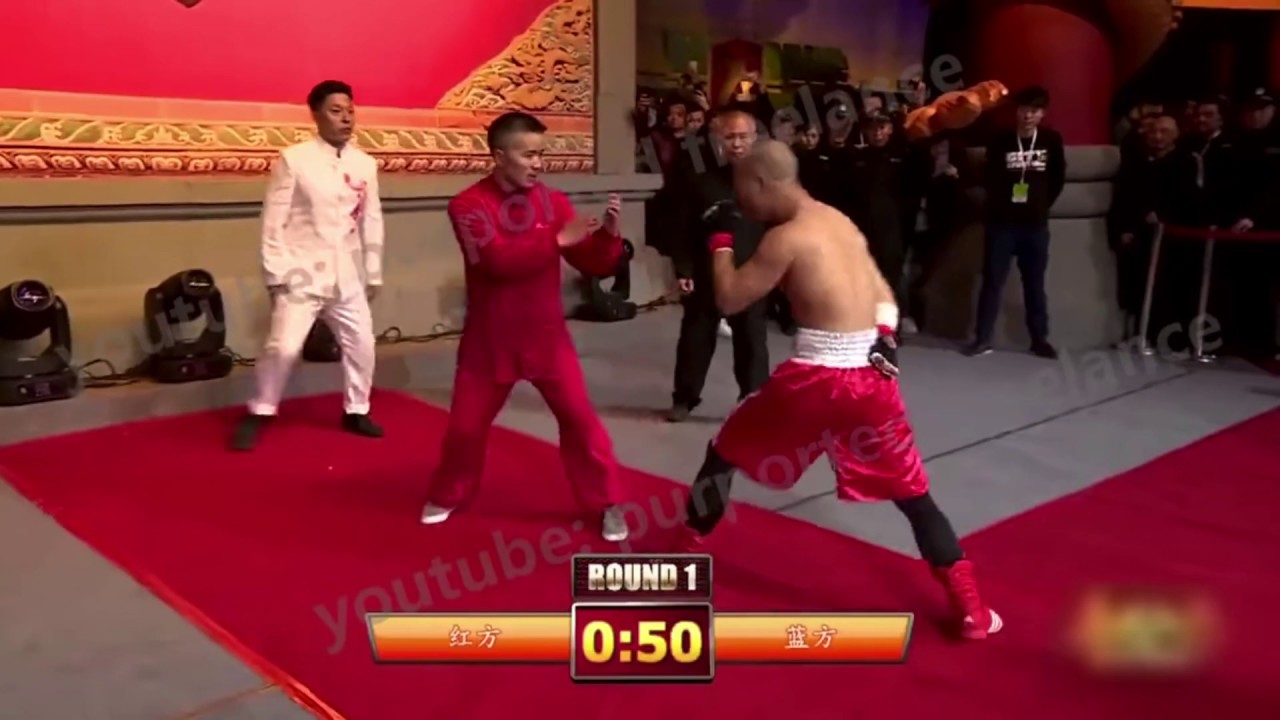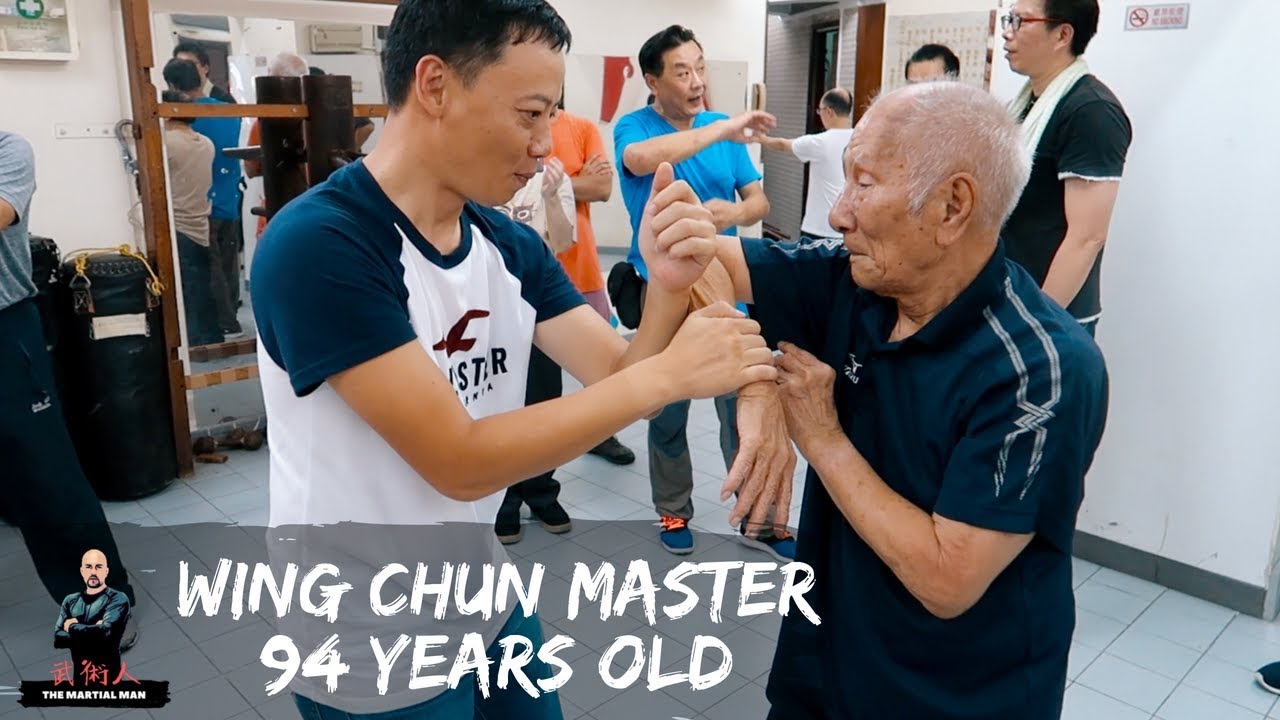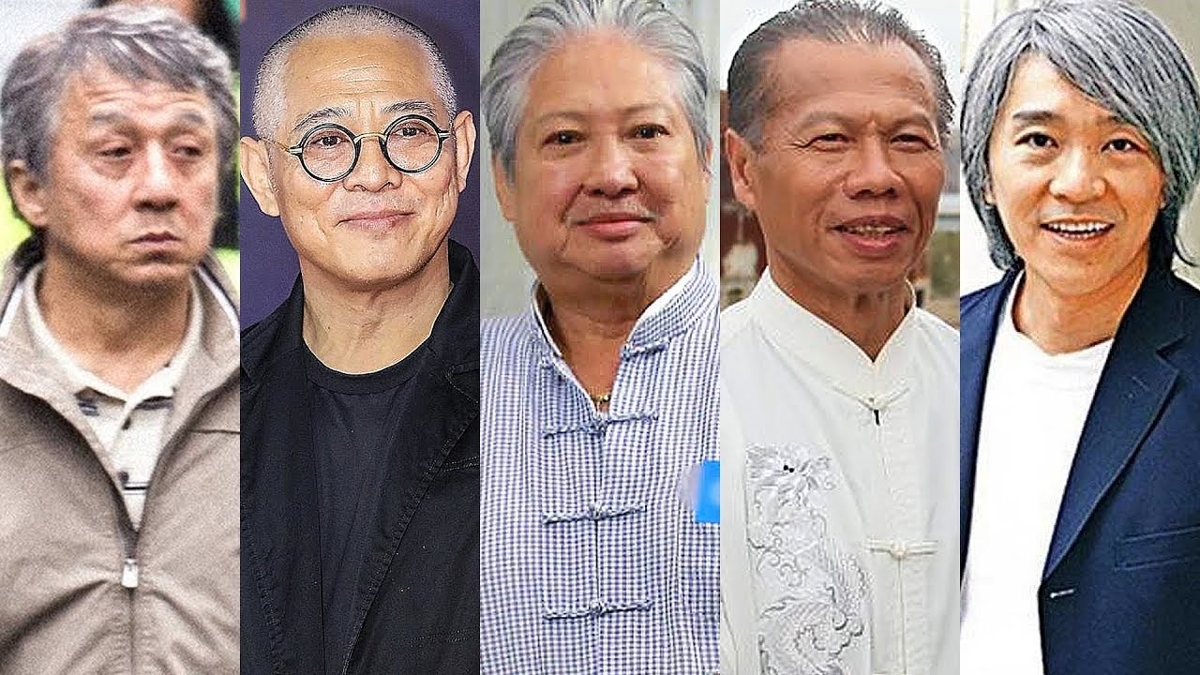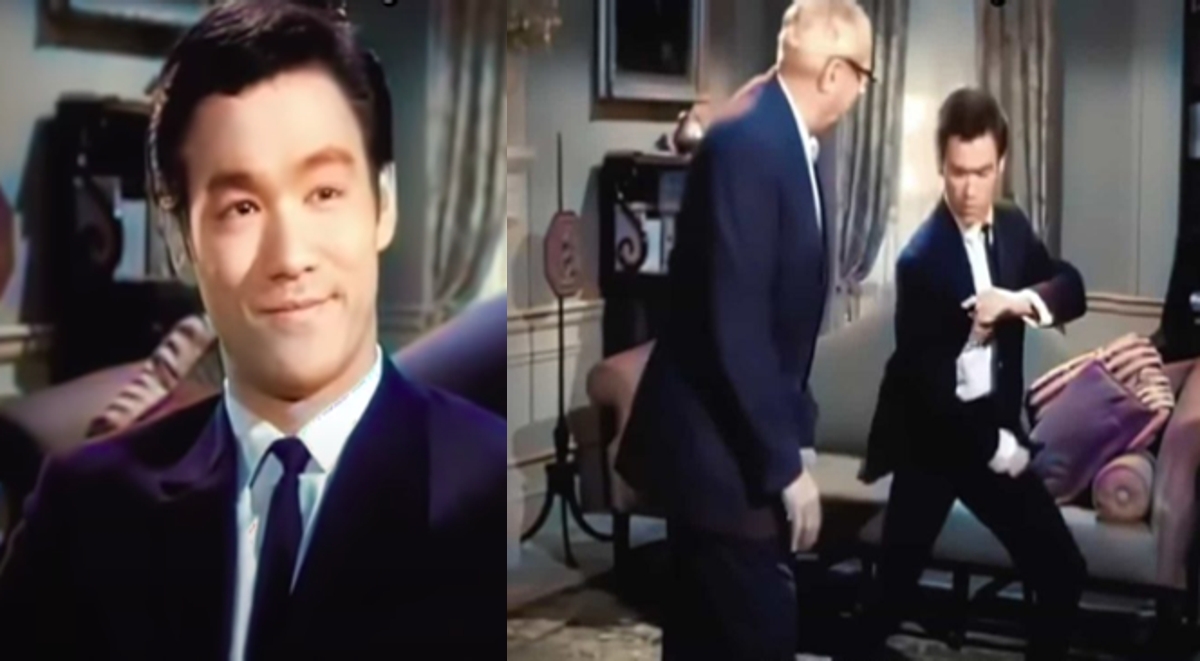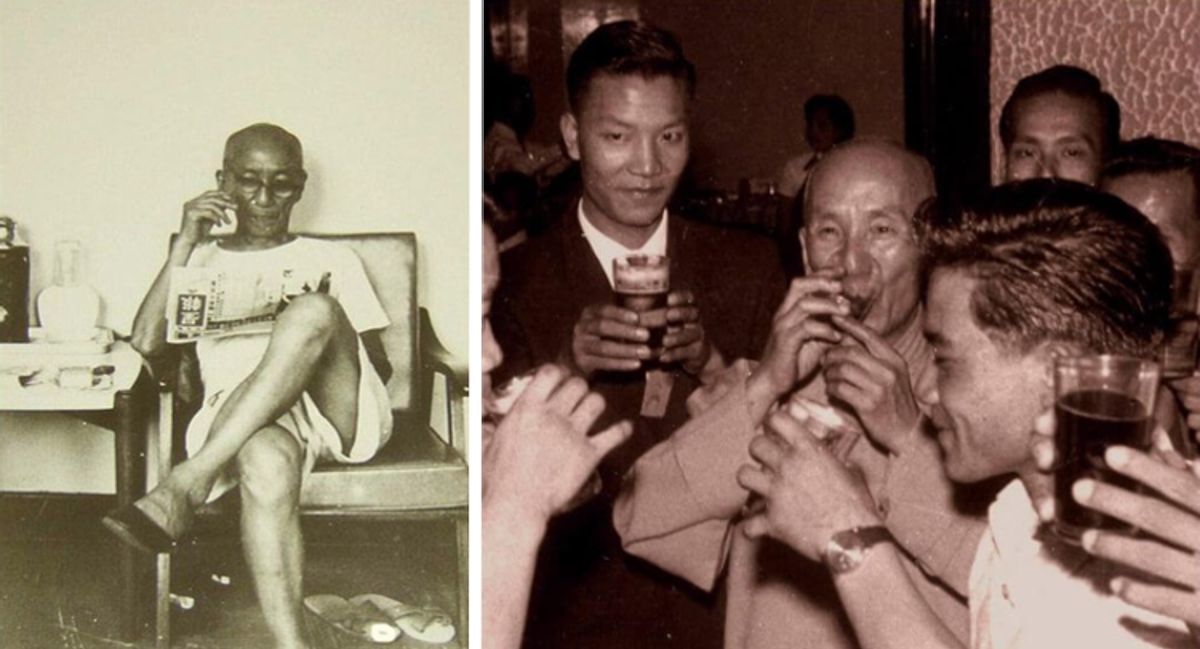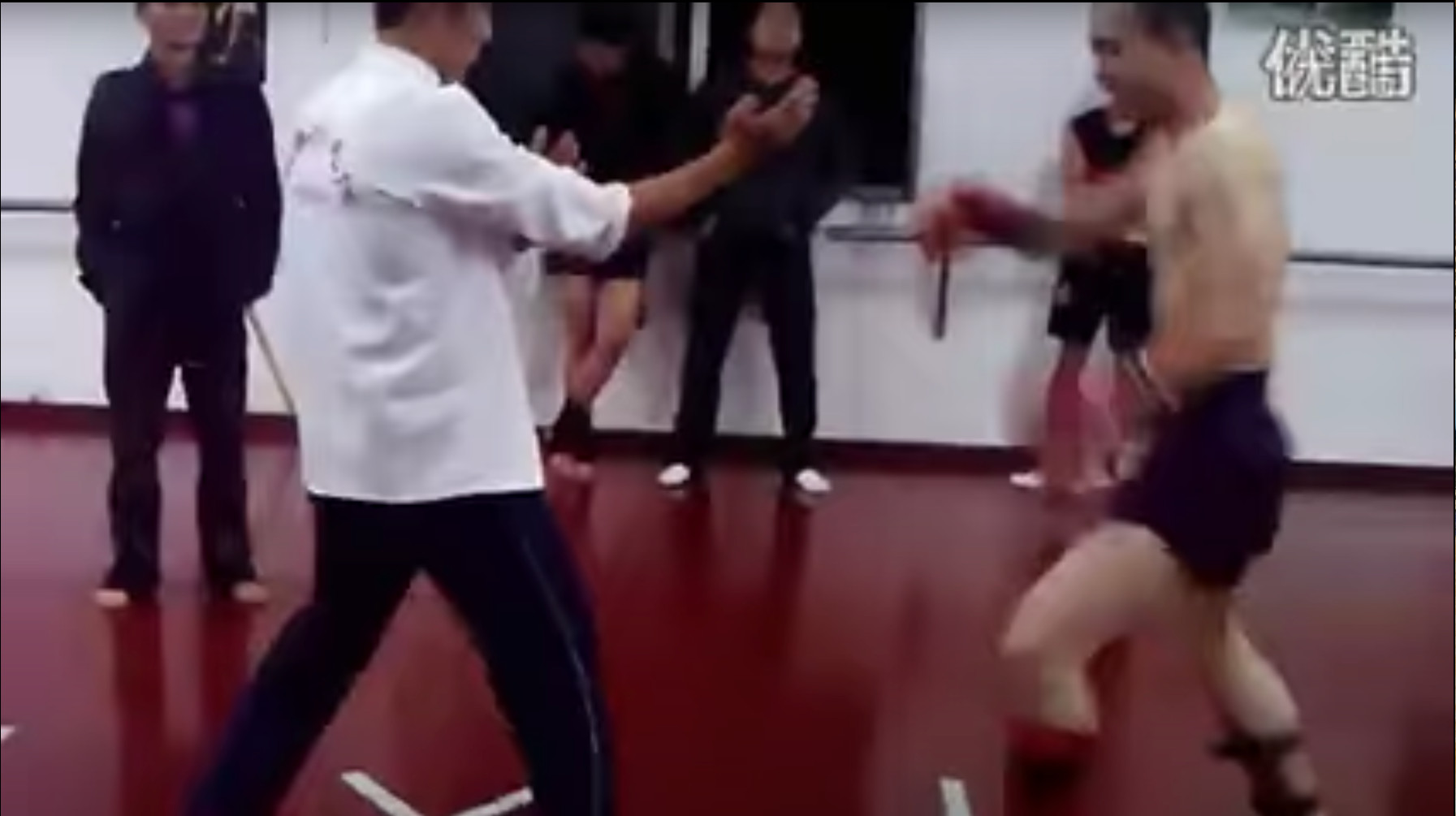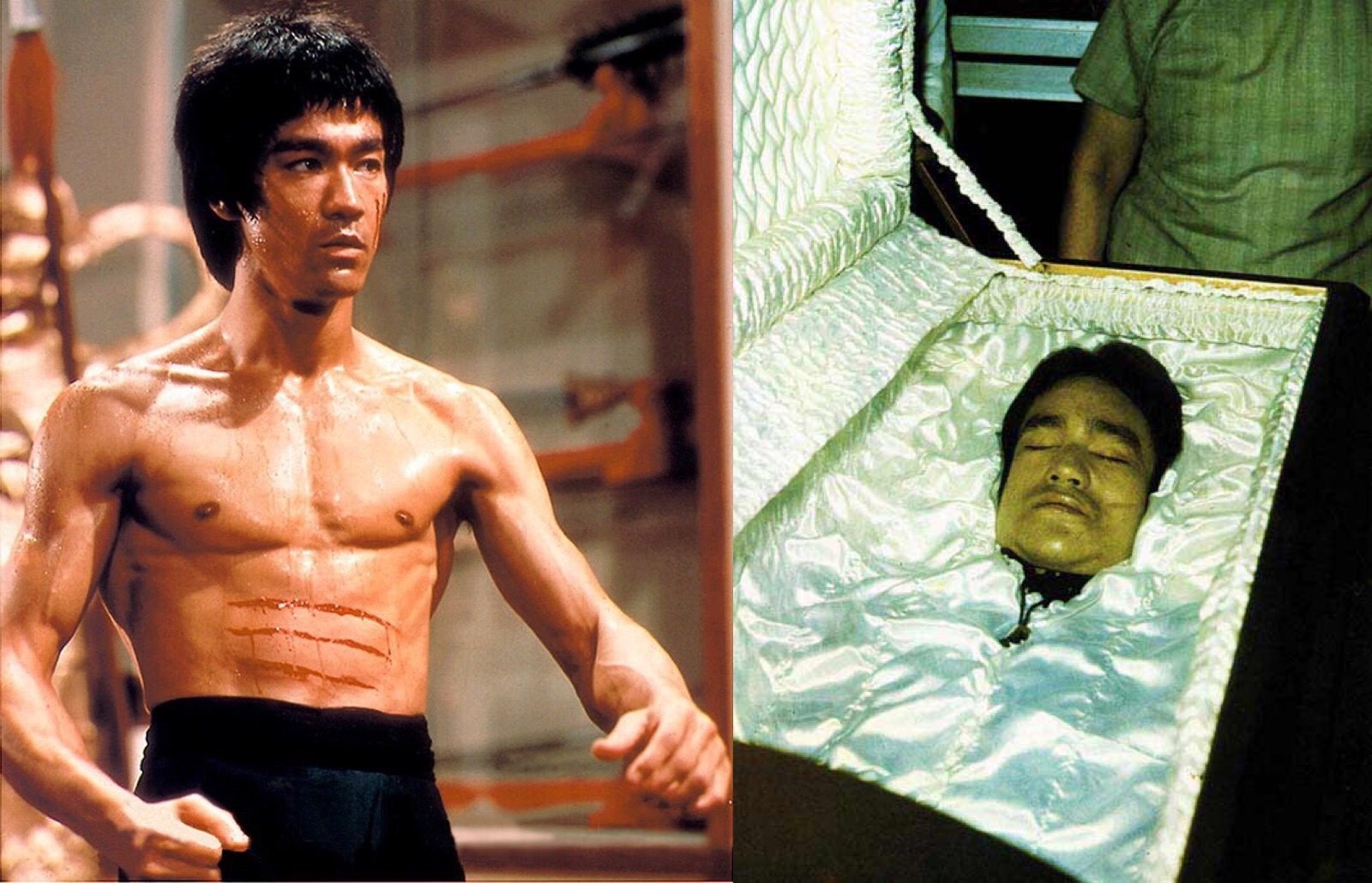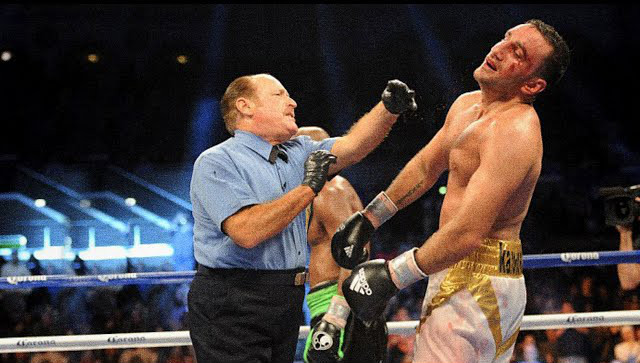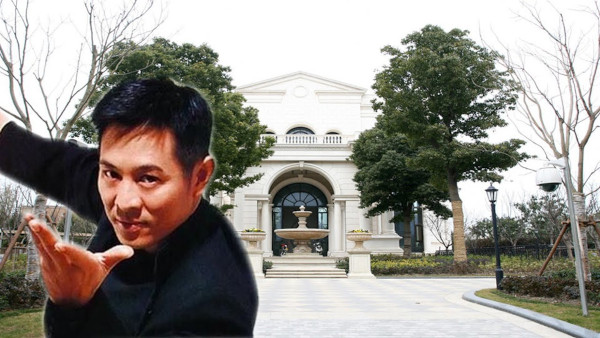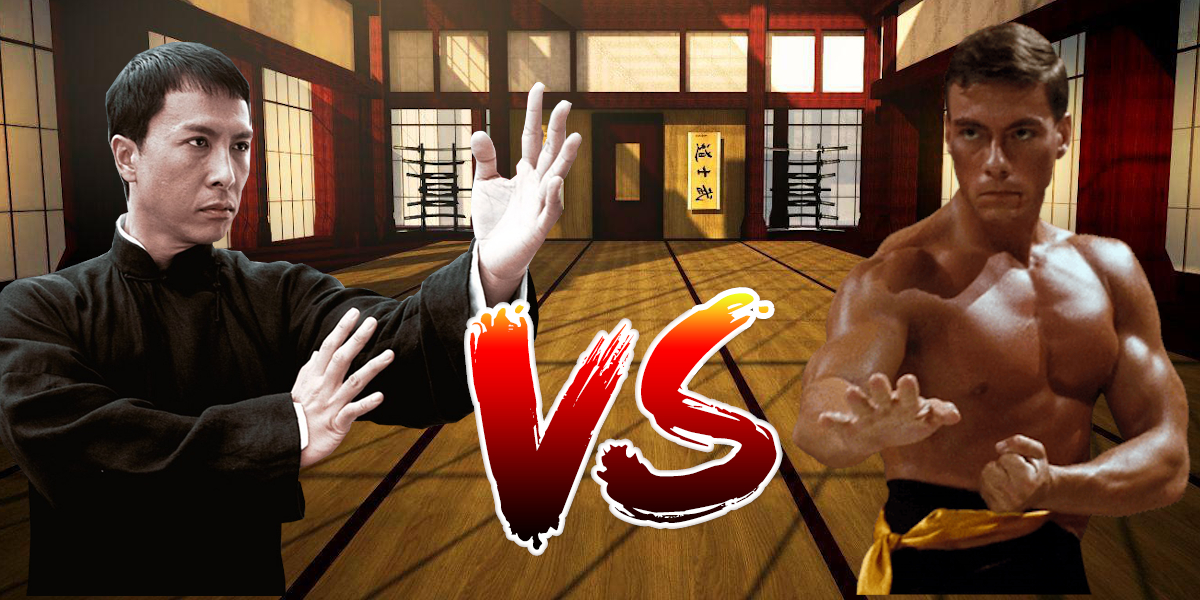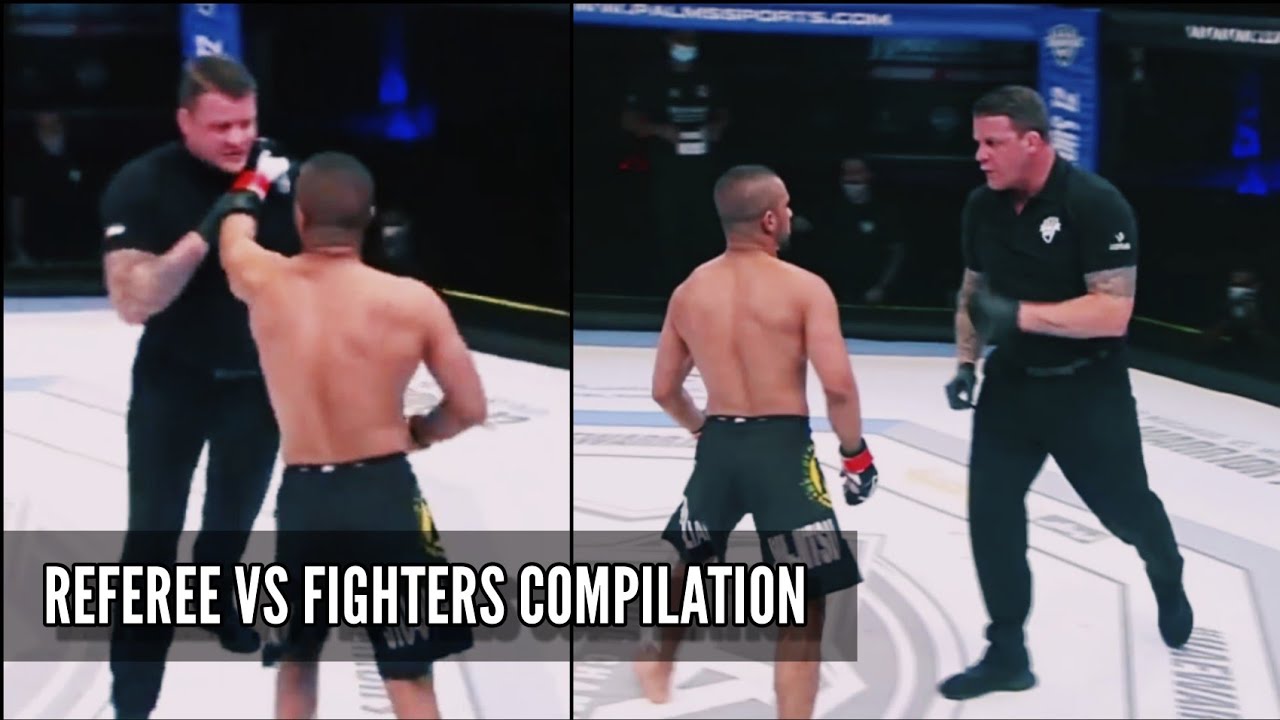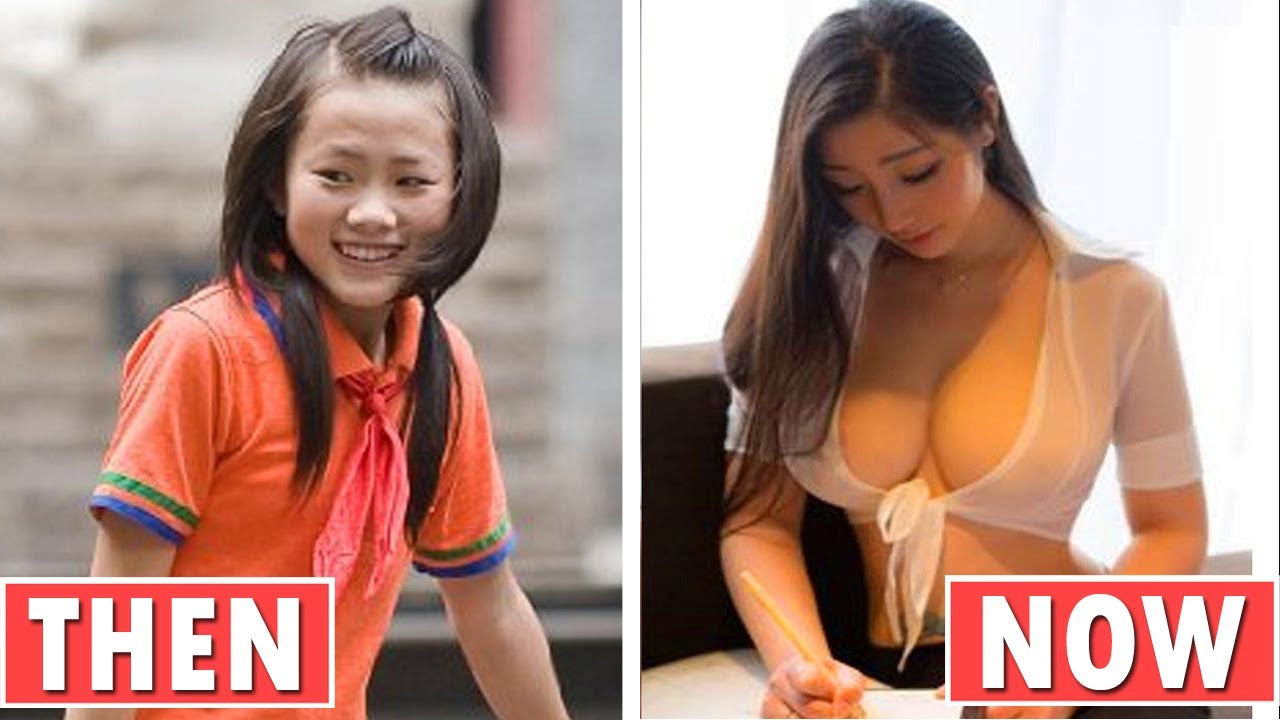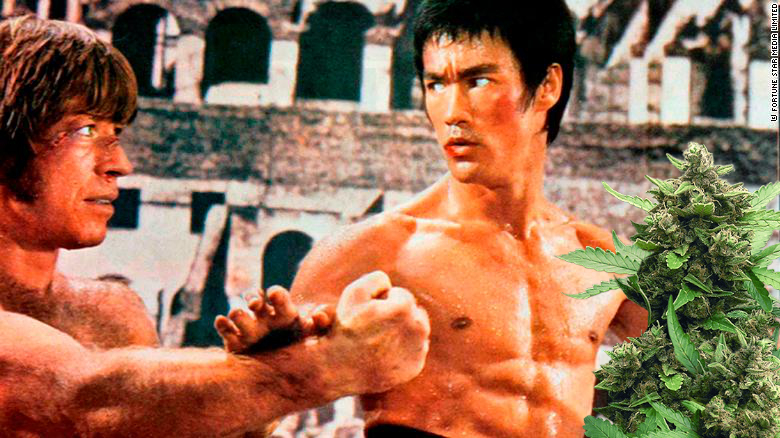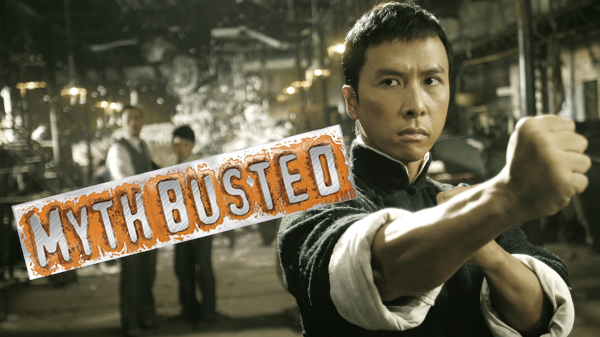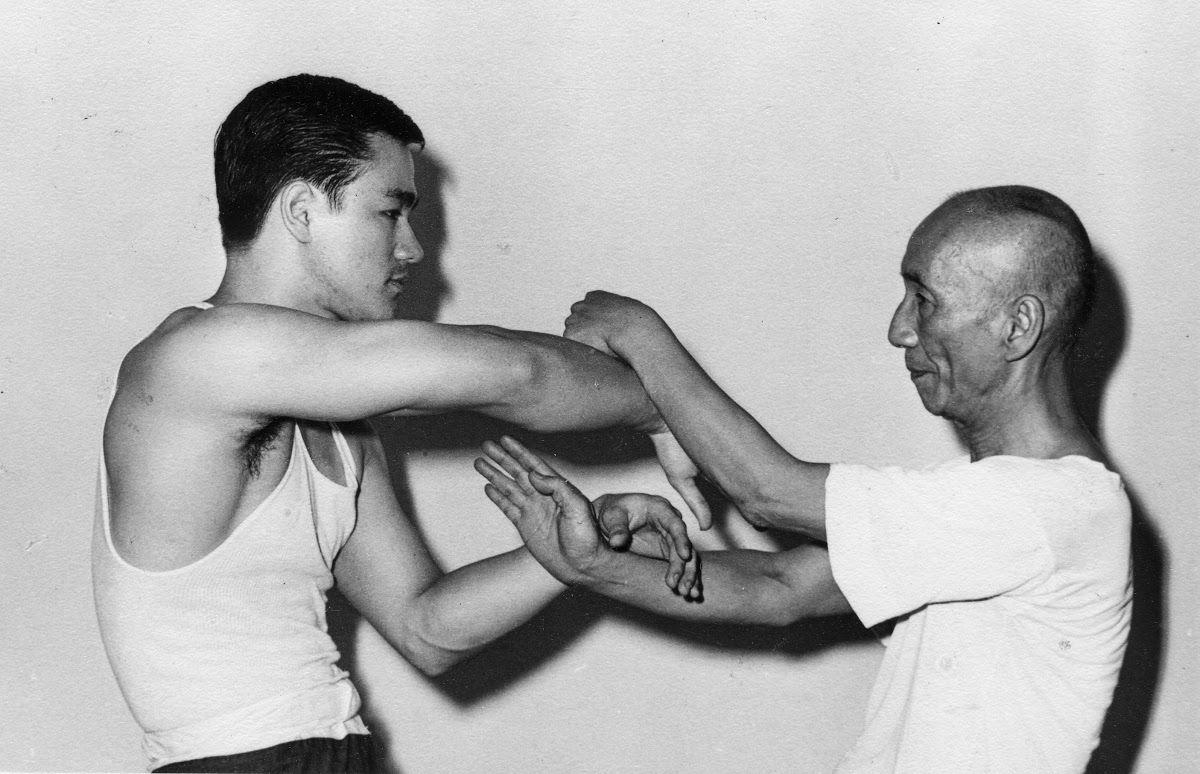Wing Chun vs. MMA: Artful Strategy or Fear of the Cage?
Reading time: 4 minutes
The Philosophy of Wing Chun
Wing Chun is rooted in simplicity and efficiency. This martial art, developed centuries ago, emphasizes direct and practical techniques over elaborate movements. Instead of focusing on brute force, Wing Chun highlights the importance of precision and timing. This approach often comes into question when compared to the high-octane, spectacle-driven world of MMA.
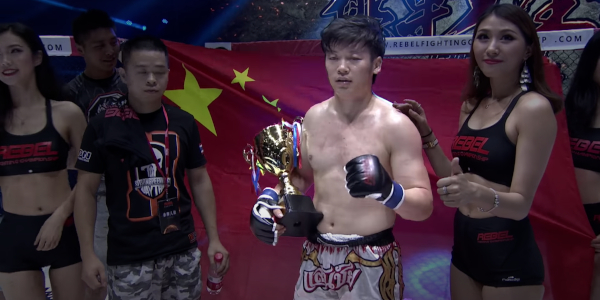
Unlike the flamboyant strikes and grapples often seen in mixed martial arts, Wing Chun practitioners use subtle angles, leverage, and swift counter-attacks. But does this elegance translate into effectiveness in the octagon? To a casual observer, this might seem like an avoidance of real combat scenarios, yet, there's a philosophy of self-restraint that underpins the art.
Training Methods: What Sets Wing Chun Apart?
Wing Chun training focuses heavily on sensitivity and reflexes. Practitioners often engage in Chi Sao, or "sticky hands" practice, which is designed to hone their ability to respond to an opponent's movements almost instinctively. This method of training cultivates an adaptive fighting style, essential in close-quarter combat.
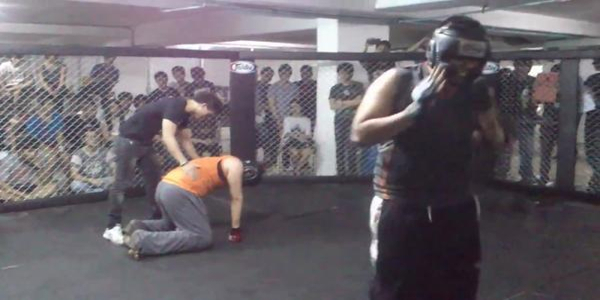
Furthermore, the centerline theory—attacking an opponent's central axis—is a core concept taught within Wing Chun. This theory minimizes unnecessary movements and maximizes striking efficiency. However, without the flash and flair, these techniques can be underestimated by those used to the more theatrical displays in MMA arenas.
Practical Application: Inside and Outside the Cage

Wing Chun's emphasis on close combat and defensive techniques proves exceptionally valuable in real-world situations. Many practitioners find that its skills provide effective self-defense against unforeseen threats. Yet, the application of Wing Chun in a professional MMA setting remains a topic of debate.
Consider Vicente, a Wing Chun enthusiast who took his skills out of the dojo and into an MMA gym. His experience revealed that while Wing Chun offers excellent defensive and counter-striking tools, blending these with other martial arts skills could improve adaptability in MMA.
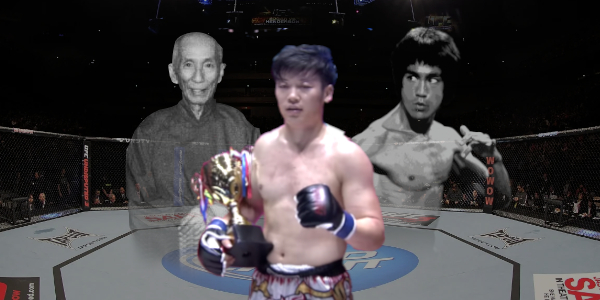
Is Wing Chun Avoiding MMA for a Reason?
Many wonder if Wing Chun practitioners are deliberately avoiding MMA competition, perhaps due to concerns about the art’s effectiveness in the cage. However, it's crucial to understand that Wing Chun was developed primarily as a self-defense system. Its techniques are designed to de-escalate confrontations swiftly and safely rather than delight an audience with showmanship.
Moreover, the world of MMA is based on combining various fighting styles to create versatile fighters. Wing Chun alone might not encompass all these aspects, which is why many traditional martial artists choose not to enter the ring.
The Community and Opportunities

Wing Chun enthusiasts form a tight-knit community driven by shared values such as discipline, respect, and self-growth. By mastering this art, practitioners not only develop combat skills but also nurture patience and resilience. This community welcomes everyone from beginners to masters, creating an environment where everyone can learn and grow.
If you're curious about learning Wing Chun, consider joining our community. You can connect with fellow enthusiasts through our Facebook and Instagram pages. Engaging with others enhances your understanding of the art and offers support from individuals who share your passion.
Conclusion: Embrace the Art or the Cage?
In conclusion, whether Wing Chun fits in the MMA cage is just one of many perspectives on this diverse martial art. Despite criticism, its focus on self-defense, close combat efficacy, and philosophical grounding remain undeniable strengths. For those seeking to dive deeper into this captivating martial art, we warmly invite you to explore our e-book, Wing Chun: Practical Introduction to Self-Defense. Not only does it offer comprehensive insights into the techniques and philosophy of Wing Chun, but we're currently offering a 55% discount, making it an excellent opportunity for both beginners and seasoned practitioners. Plus, don't miss the chance to download a free chapter and preview what this timeless martial art can offer you. Visit our e-book store for this exclusive offer.
Thank you. Your comment will be approved shortly.
Comments
Thank you. Your comment will be approved shortly.
Thank you. Your comment will be approved shortly.
Thank you. Your comment will be approved shortly.
Thank you. Your comment will be approved shortly.
Thank you. Your comment will be approved shortly.


